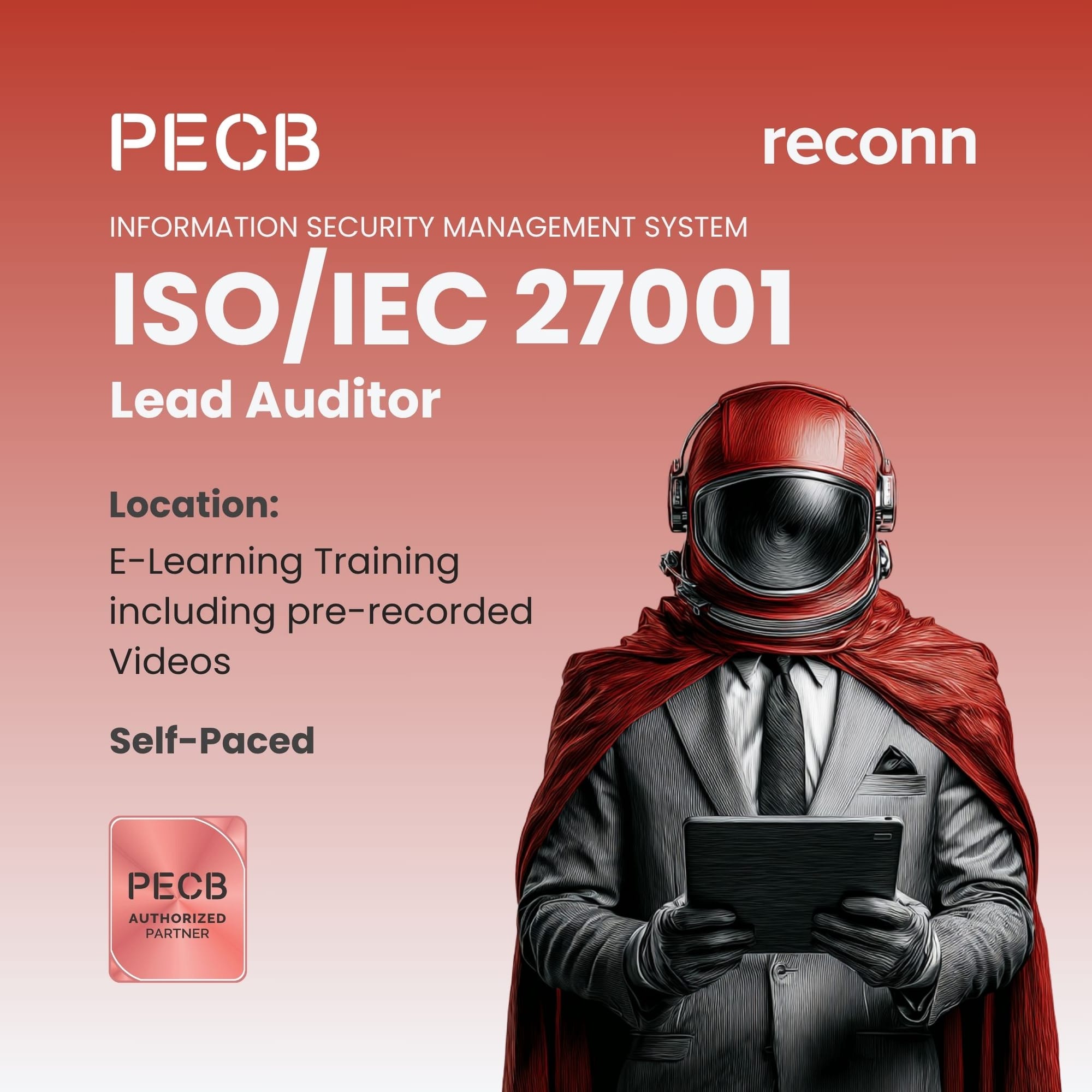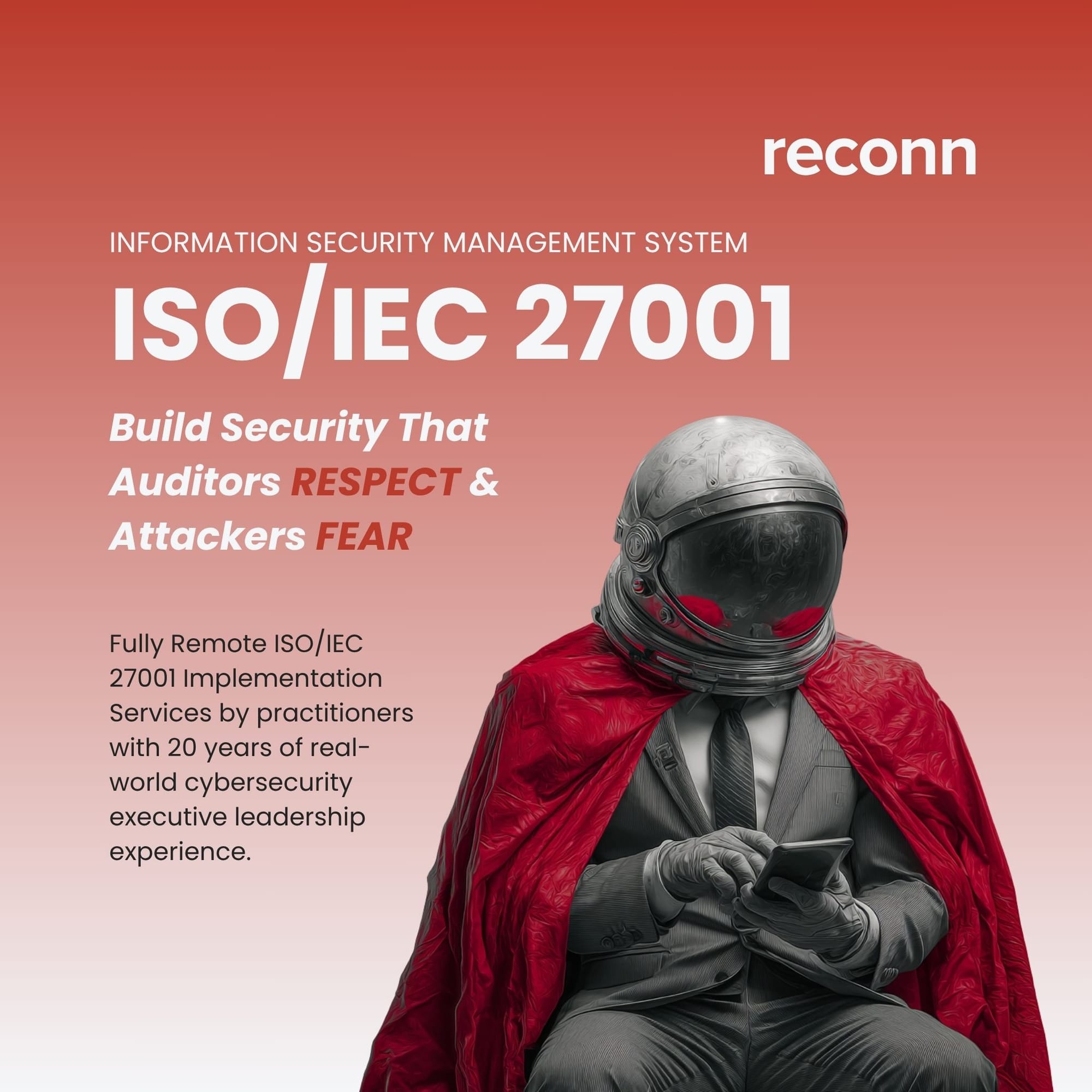What is Information Security Management System? An introduction to ISMS, ISO/IEC 27001:2022, and Beyond
Information Security Management System (ISMS) is not just IT—it’s a business survival strategy. Explore ISO/IEC 27001, CIA Triad, risk management, certification paths, and ISO/IEC 42001.

I’ve often seen organizations treat information security as a checklist: install antivirus, deploy firewalls, run annual awareness training, and call it done. Unfortunately, attackers don’t follow checklists.
Information Security Management System is not just an IT function; it is a business survival strategy. From a defense ministry managing classified communications to a BFSI institution handling billions in digital transactions, the stakes are the same: protecting information to ensure continuity, trust, and resilience.
This is where the concept of an Information Security Management System (ISMS), the backbone of ISO/IEC 27001:2022 comes into play.
Key Takeaways
- Information Security Management System (ISMS) is not IT hygiene—it’s a strategic business function.
- An ISMS (Information Security Management System) provides a structured framework based on ISO/IEC 27001.
- The CIA Triad (Confidentiality, Integrity, Availability) is enforced through Annex A controls, policies, and processes.
- Risk management is the backbone of ISMS, using both qualitative (heatmaps) and quantitative (weighted scores, ALE, SLE) approaches.
- ISO/IEC 27001 certification builds trust, but roles differ: Lead Implementer vs. Lead Auditor.
- ISO/IEC 42001 extends ISMS principles to AI governance.
- Practical adoption requires leadership buy-in, staff awareness, and ongoing improvement—not just compliance.

PECB Catalogue
Explore PECB’s globally recognized course catalogue featuring certifications in AI, cybersecurity, ISO standards, governance, risk, and compliance—designed for professionals seeking expertise and career advancement.
What is an ISMS?
An ISMS is a structured, repeatable framework for managing information risks. ISO/IEC 27001:2022 defines it as a system for establishing, implementing, maintaining, and continually improving information security. Unlike ad-hoc controls, an ISMS ensures security is aligned with organizational context, leadership, and business objectives.
Think of it as a living governance model that integrates:
- People – Employees, contractors, leadership, suppliers.
- Processes – Policies, procedures, risk management.
- Technology – Tools, monitoring, incident detection.
Read our beginner's guide to ISO 27001 implementation, compliance and certification.
ISO/IEC 27001:2022 Structure of an ISMS
ISO/IEC 27001:2022 breaks ISMS into seven key elements:
- Context of the Organization (Clause 4): Understand external/internal issues, stakeholders, and information assets.
- Leadership (Clause 5): Top management accountability, ISMS policy, roles, and responsibilities.
- Planning (Clause 6): Risk assessment, risk treatment, and objectives.
- Support (Clause 7): Resources, awareness, training, documented information.
- Operation (Clause 8): Risk treatment plans, process controls, supplier management.
- Performance Evaluation (Clause 9): Monitoring, measurement, audits, management reviews.
- Improvement (Clause 10): Corrective actions, continual improvement.
This systematic structure is what differentiates ISO/IEC 27001:2022 from a fragmented IT security program.
Read our detailed guide on how to get ISO/IEC 27001:2022 Certified.
The CIA Triad in ISMS
At the core of every ISMS lies the CIA Triad—Confidentiality, Integrity, and Availability.
- Confidentiality: Only authorized access. Enforced via Annex A.5 (Access Control) and Annex A.8 (Operations Security). Example: Restricting privileged access to financial records.
- Integrity: Accuracy and completeness of information. Enforced via Annex A.12 (Logging & Monitoring), Annex A.14 (System Acquisition & Development). Example: Using checksums to detect data tampering in defense systems.
- Availability: Timely access to information. Enforced via Annex A.17 (Business Continuity). Example: BFSI disaster recovery sites with failover tested quarterly.
In one audit I led for a Fintech, availability risks were the greatest concern , not from just threat actors but from misconfigured disaster recovery that could have caused a 48-hour outage.
Balancing these three is the art of ISMS. Too much confidentiality (complex access restrictions) can impact availability. Too much availability (wide-open access) weakens confidentiality.
Read our detailed article on CIA Triad.
Risk Management: The Backbone of ISMS
ISO/IEC 27001:20222 is risk-based. Risk management is the bridge between assets, threats, vulnerabilities, and controls.
Steps in Risk Management
- Asset Identification: Servers, laptops, cloud environments, applications, people roles.
- Threat & Vulnerability Identification: Phishing, ransomware, insider threats, misconfigurations.
- Risk Assessment: Assign likelihood & impact scores.
- Risk Evaluation: Prioritize based on business-criticality.
- Risk Treatment: Mitigate, transfer, accept, or avoid.
Risk Calculation Models
- Qualitative: Heatmaps (Low, Medium, High). Easy for board-level communication.
- Quantitative:
- SLE (Single Loss Expectancy): Asset Value × Exposure Factor.
- ALE (Annual Loss Expectancy): SLE × Annualized Rate of Occurrence.
- Weighted Risk Score: A blended scoring model I’ve used for BFSI clients that balances financial impact and regulatory fines.
Example from the Field
During a telecom audit, a misconfigured cloud storage bucket exposed customer IDs. Risk was evaluated as:
- Likelihood: High (industry-wide trend).
- Impact: Critical (GDPR non-compliance fines).
- Treatment: Encryption + supplier contract clauses + DLP monitoring.
Implementing ISO/IEC 27001: A Practical Roadmap
Organizations often ask me: How do we actually implement ISO 27001?
Step-by-Step ISO 27001 Implementation
- Gap Analysis – Benchmark current controls against ISO 27001.
- Project Initiation – Leadership approval, scope definition.
- Risk Assessment & Treatment Plan – Core foundation.
- Develop Policies & Procedures – ISP, access, cloud, supplier, DR.
- Control Implementation – Annex A safeguards.
- Internal Audit – Independent review before certification audit.
- Management Review – Leadership validation.
- Certification Audit – Conducted by an accredited certification body.
Timelines: SMEs –2-6 months. Large enterprises – 6–24 months depending on complexity.
Read our detailed guide on how to get ISO/IEC 27001:2022 Certified.
Lead Implementer vs Lead Auditor Certification
There’s a lot of market confusion here. Recruiters often ask for “ISO/IEC 27001:2022 Lead Auditor” as a requirement, but the reality is different.
- Lead Implementer (LI): Best suited for professionals responsible for building, maintaining, or improving ISMS. 90% of people I’ve worked with fall into this category (internal security teams, consultants).
- Lead Auditor (LA): Prepares you to audit ISMS against ISO 27001. Valuable only if you work for certification bodies or consulting firms conducting external audits.
For most security professionals, Lead Implementer is the practical choice.
PECB offers both in self-study, eLearning, and live online formats. I recommend organizations train their ISMS team in Lead Implementer and 1–2 staff in Lead Auditor to balance implementation and assurance.
Read our detailed review.

ISO/IEC 27001 Lead Auditor Certification
100% Online ISO/IEC 27001 Lead Auditor Certification program. Choose between self-study or elearning delivery option. Includes official courseware from PECB and 2x Examination attempts.
Key Elements of a Strong Security Program
Beyond ISO/IEC 27001:2022, a successful ISMS requires:
- Risk Assessment & Controls – Foundation of ISO 27005.
- Technical Controls – Firewalls, SIEM, EDR/XDR, encryption.
- Administrative Controls – Policies, supplier contracts, incident playbooks.
- Physical Controls – CCTV, secure server rooms, biometric access.
- Incident Response – From chaos to control. SIEM tools play a central role.
- Security Awareness Training – Turning employees into the first line of defense.
In my experience, awareness training reduces phishing click rates by up to 70%—a bigger ROI than any firewall upgrade.
ISO/IEC 42001: Extending ISMS into AI Governance
As AI becomes central to business, ISO/IEC 42001 (AI Management Systems) extends ISMS thinking into AI governance.
- Transparency: Ensure algorithms are explainable.
- Bias Management: Mitigate discriminatory outcomes.
- Accountability: Define clear responsibility for AI decisions.
- Lifecycle Governance: From development → deployment → decommissioning.
Much like ISO 27001 for information, ISO 42001 is becoming non-negotiable for AI-driven enterprises.
Conclusion
An ISMS is not paperwork—it’s your organization’s security constitution. By aligning to ISO 27001 (and ISO 42001 for AI), you embed resilience into your DNA.
At Reconn, we support organizations through:
- Remote ISMS Implementation Services – Cost-effective, flexible, backed by decades of audit experience.
- PECB Certification Training – Lead Auditor, Lead Implementer, Risk Manager, and AI Governance (ISO 42001).
Whether you’re starting your ISO 27001 journey or upgrading to AI governance, the right expertise is what transforms compliance into trust, resilience, and business growth.

ISO/IEC 27001 Remote Implementation Services
Fully Remote ISO/IEC 27001 Implementation Services by practitioners with 20 years of real-world cybersecurity executive leadership experience.
Frequently Asked Questions
Q1. What is the difference between Information Security and Cybersecurity?
Information Security = all forms of data (physical + digital).
Cybersecurity = only digital threats and systems.
Q2. Do small businesses need ISO 27001?
Yes. Small businesses are soft targets. ISO/IEC 27001:2022 provides a scalable framework to protect data and build customer trust.
Q3. How long does ISO 27001 implementation take?
SMEs: 2–6 months.
Enterprises: 6–24 months.
Q4. Who issues ISO 27001 certificates?
Accredited certification bodies (e.g., BSI, TÜV, SGS, PECB).



